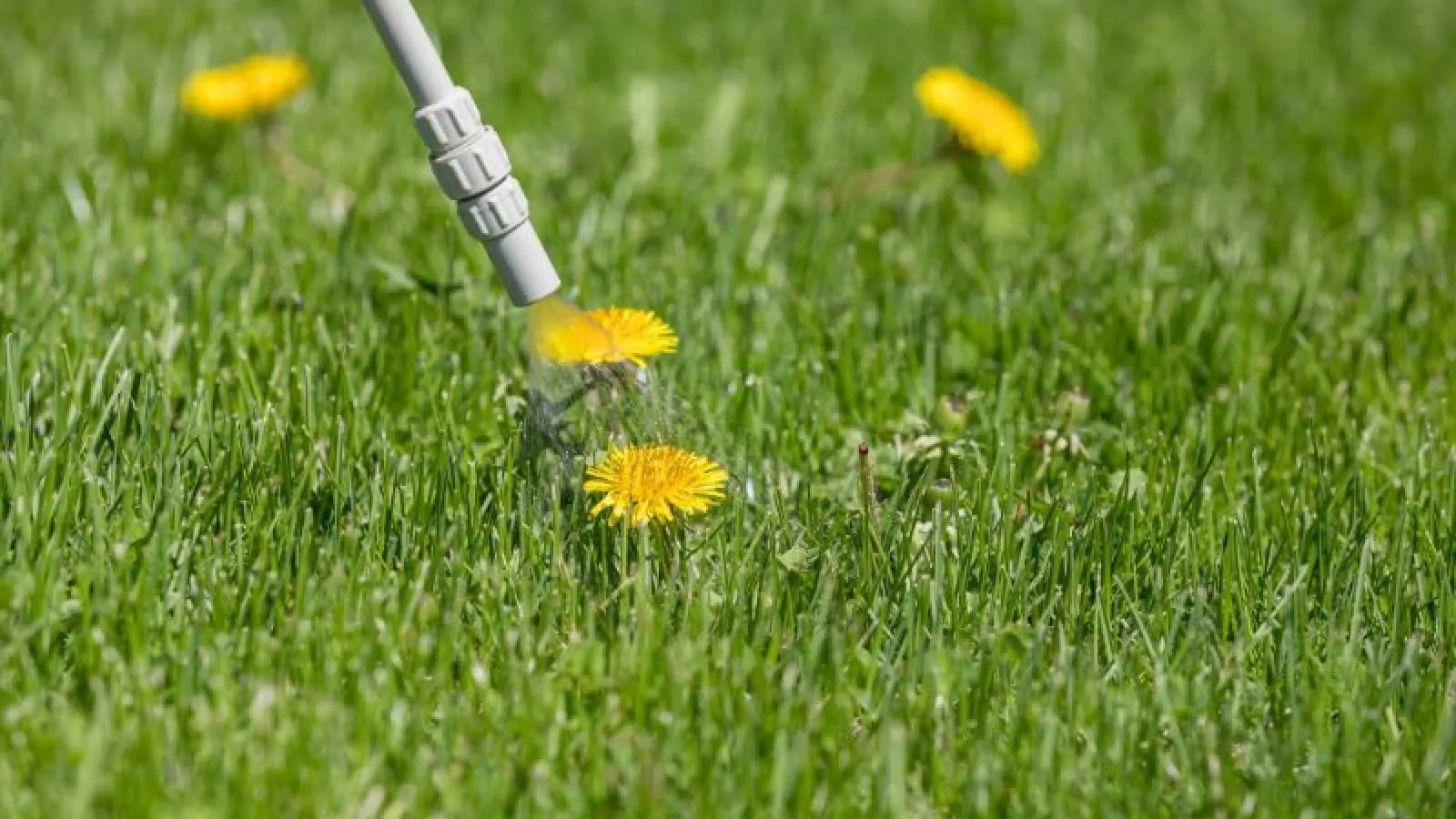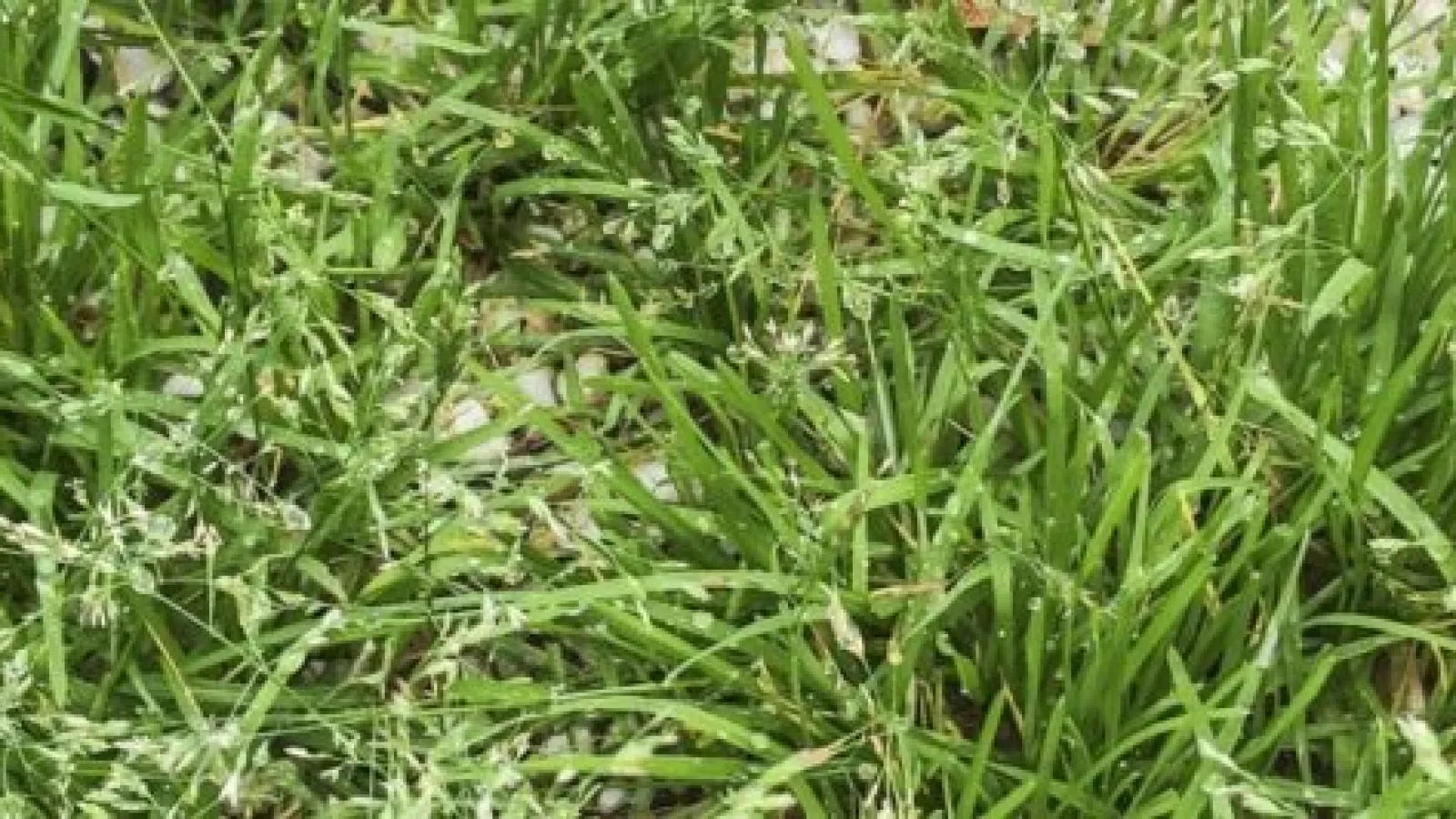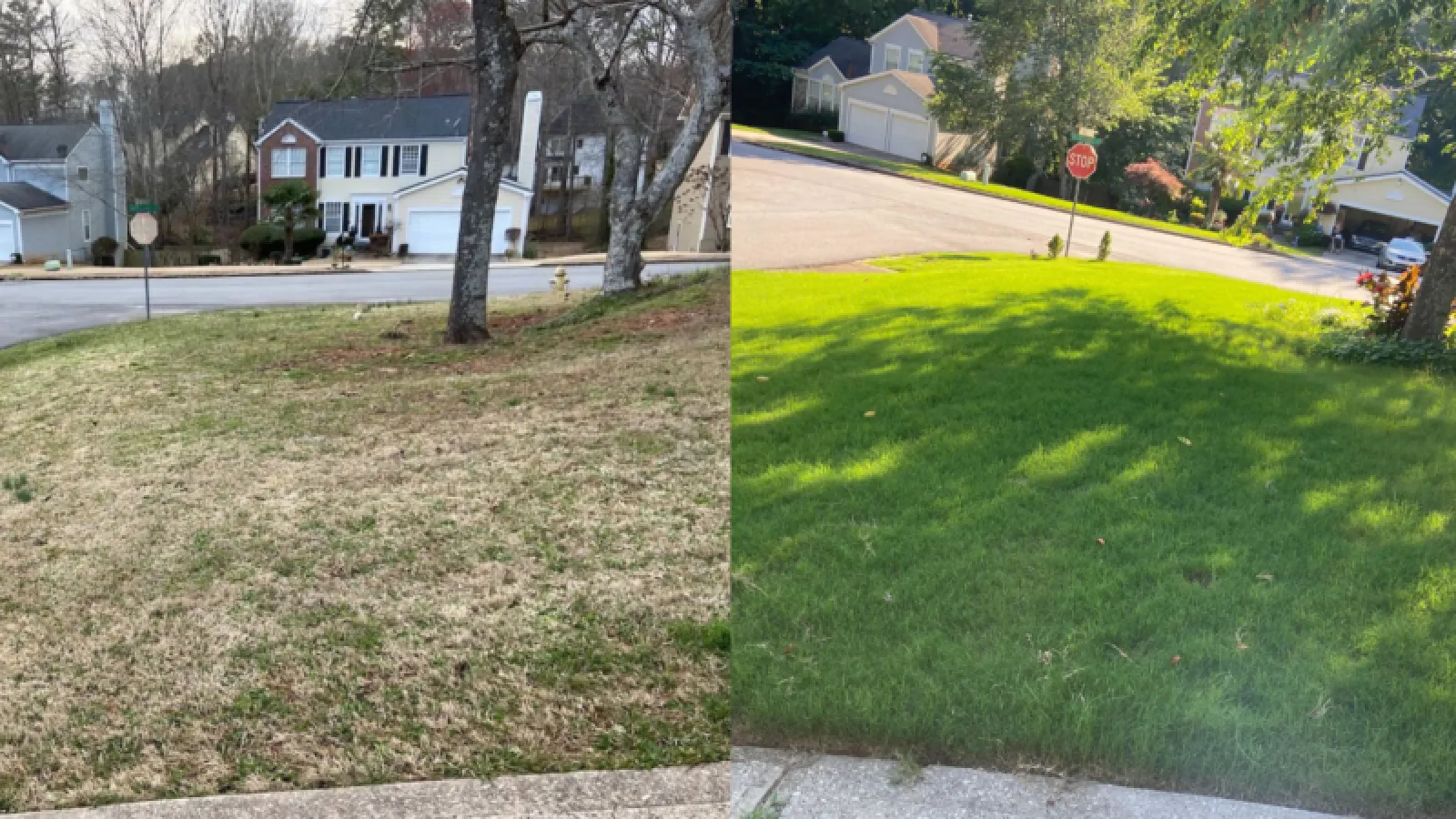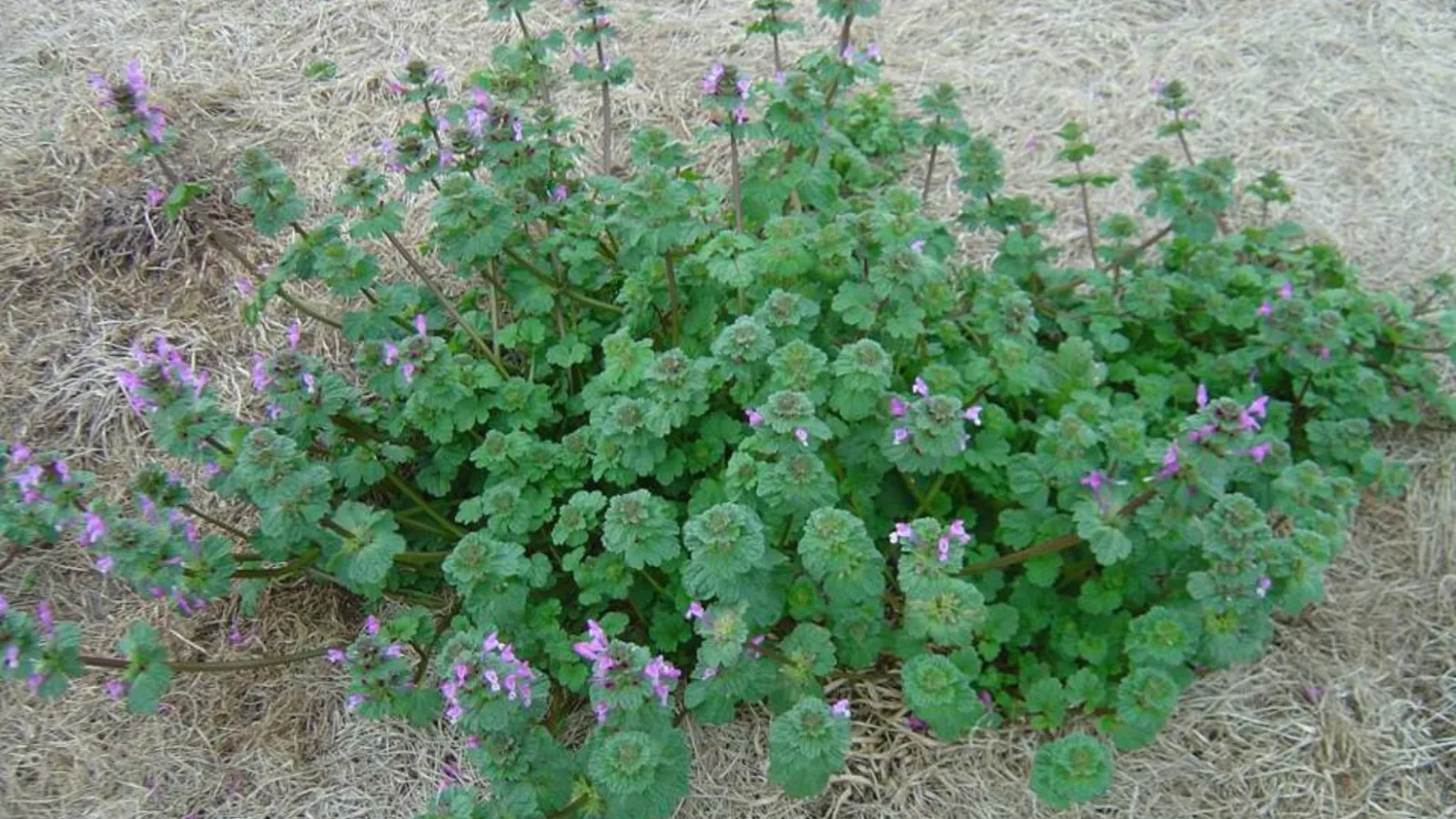
Southern Winter Weeds
Homeowners in the southeast experience relatively mild winters, and because of that, certain weeds thrive in the cooler months in our area. Some southern winter weeds you may see include bittercress, Carolina geranium, clover, common chickweed, henbit, mouse-ear chickweed, oxalis, and Poa annua. Read more to learn more about these weeds and how to keep your lawn safe from these pesky winter weeds.
Let's start by breaking down the different categories all weeds fall into.
Before we jump into the details of the different weeds, let us explain the difference between broadleaf and grassy weeds and annual nd perennial weeds. The types of weeds and how they grow can affect their prevention and control of them.
Broadleaf Weeds
As you can see, most of the common winter weeds are broadleaf weeds. Here are the characteristics:
Most have "net-like" veins meaning they're relatively flat and broad
Can grow single flowers or a cluster of blossoms
Can grow tall and upward or low and close to the ground
Stems can be round or square
Seedlings emerge with two leaves
Grassy Weeds
Although there are a variety of grassy weeds that can cause a nuisance in your lawn, Poa annua is the only grassy weed on our list. Its characteristics include:
Resembles grass (hence the category name)
More difficult to identify because they often blend in easier with your existing grass type
Seedlings emerge as a single leaf
Annual Weeds
Annual weeds are identified as plants that germinate, flowers sets seed, and dies all within the same year. They germinate through fall and winter and actively grow in the spring. Due to them growing all winter, it often feels like annual winter weeds pop up overnight. After flowering in the spring, they die back during the hot summer and return in fall or winter.
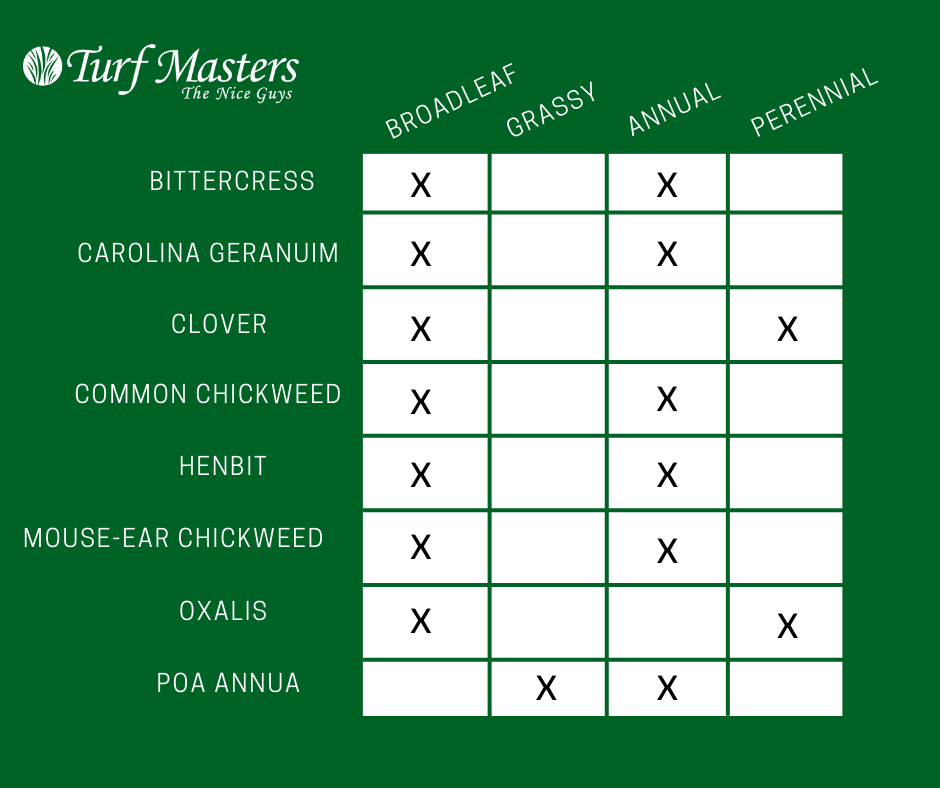
Spread via seed
Germinate from seed in late summer or early fall
Typically cannot survive the heat in the southeast
Controlled with pre- and post-emergent weed control herbicides
Perennial Weeds
Perennial weeds are plants that grow and die back to the ground. But, because the root system is alive and strong, in the ground, perennials will continue growing when conditions are right.
Most require less water than annuals, once established
Have a strong and hardy root system
Usually only bloom once per season
Difficult to eradicate
Pre-emergents will not control perennial weeds, but post-emergent weed controls can help slow their growth or eliminate them
Common Southern Winter Weeds
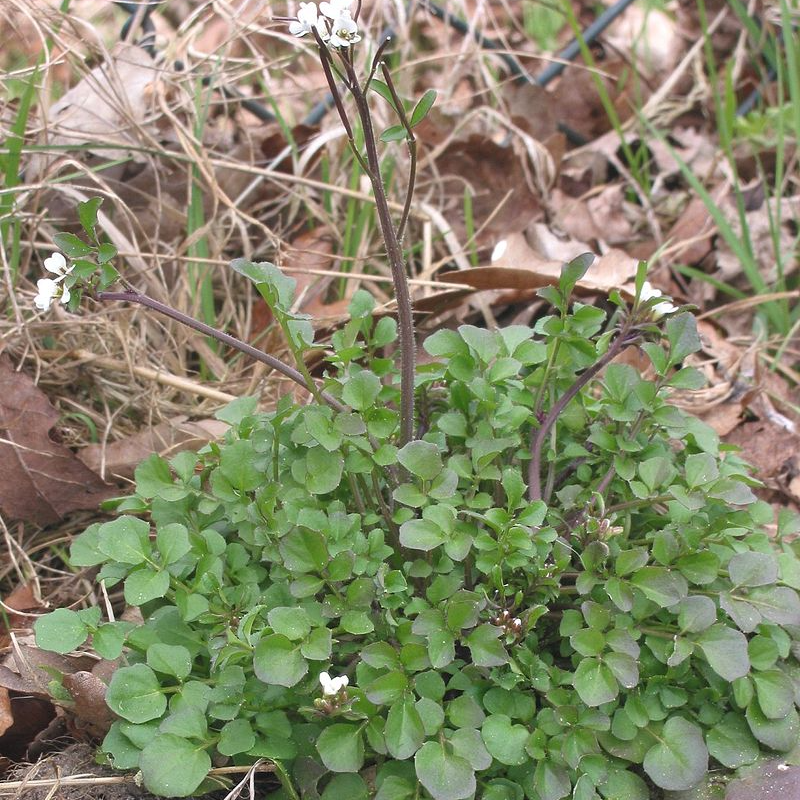
Bittercress. Although this isn't a southern lawn weed we want to see in our grass, if you come across it, grab a handful and add it to your salad. The shallow roots make it easy to hand-pick. Its mild peppery flavor provides a great taste to any dish, and it's a great source of vitamin C, calcium, magnesium, and antioxidants.
Carolina geranium. In the south, this winter weed has long, hairy stems that can be red or green in color. They are commonly found in poor soil and dry areas. Unlike bittercress, this isn't a green to throw on a salad, but Carolina geranium has been known to stop bleeding and soothe sore throats.
Clover. Clover grows well almost year-round and flowers in late spring and early summer. As long as you're keeping your lawn well-fertilized, you should be able to keep these weeds with little "snowballs" away.
Common chickweed. Native to Europe, this winter annual can now be found almost worldwide, growing up to 12 inches tall. A typical plant will bloom sporadically for 1-2 months and can grow in partial or full sun, moist or dry areas, and can even tolerate some flooding.
Henbit. This greenish-to-purple broadleaf grows during any period of warm weather in winter. Other than when the temperatures are unusually warm, henbit remains somewhat dormant during the winter. But it will resume growing and produce seeds in the spring. As the temperatures increase in late spring and early summer, henbit will die back.
Mouse-ear chickweed. From May to October, mouse-ear chickweed produces small white flowers with five petals that are tightly compacted to the point it looks like there are ten petals. This southern lawn weed can be mistaken for common chickweed, but mouse-ear has hairy leaves, whereas common chickweed doesn't.
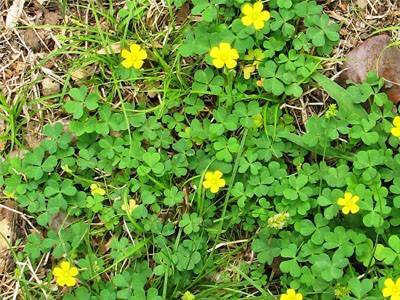
Oxalis. This member of the lily family is commonly called the "Yellow Wood Sorrel," and depending on who is growing it, it can be classified as a wildflower or a weed. Either way, it's short-lived because flowering only lasts about two weeks. While this is an edible plant, it should only be consumed in moderation and avoided altogether if you're prone to kidney stones.
Poa annua. This grassy winter weed, also known as annual bluegrass, germinates in the fall when soil temperatures drop below 70 degrees Fahrenheit. Since this small plant can produce around 100 seeds in eight weeks, a routine lawn care program with pre- and post-emergent weed controls are important.
Remember, just because your warm-season lawn is dormant, you can't discontinue lawn care. Weeds are active year-round, and homeowners need to protect their lawns. Applying properly timed pre-emergents is important to prevent weeds before they germinate and emerge. Many common winter weeds can be treated with post-emergents, as well, but preventative care is always best.
If you're ready for a beautiful, weed-free lawn, reach out to The Nice Guys for your free lawn care estimate.
